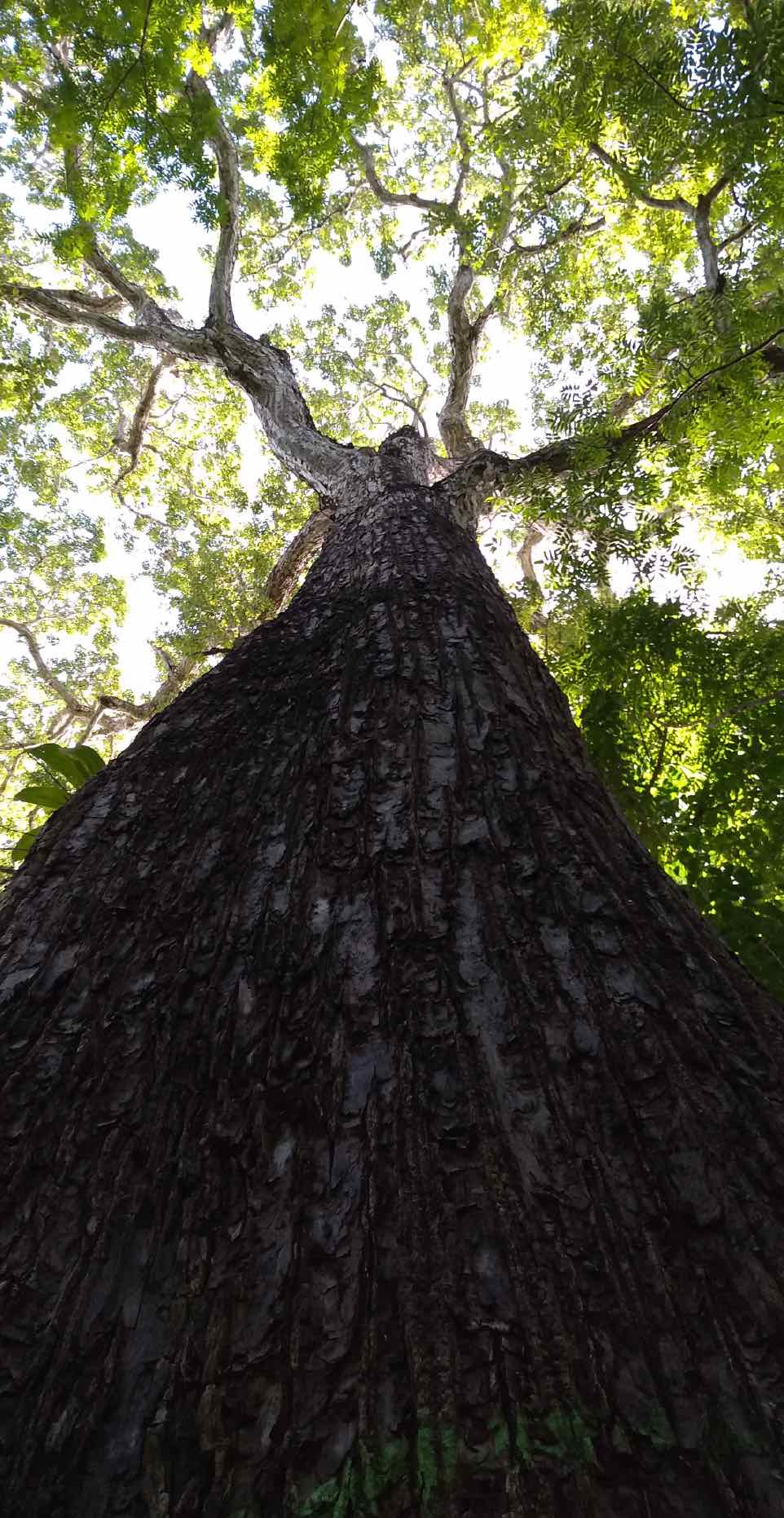Flowing Funds to Reforestation | The Trees of the Flemish Fund

Trees. Each helps our planet breathe as the seasons change, and helps us do the same every day. Each does its part as a member of its specific and uniquely important ecosystem. Each sequesters carbon from the atmosphere and does its part to keep our planet a viable place to live. Each tree has its own unique story, history, and growth to come. And as a Tiny Footprint customer, each of the trees we’re about to share with you is planted because of your morning coffee. In this, the second installment of our blog series, Flowing Funds to Reforestation, we introduce you to the trees of the 2021 Flemish Fund reforestation effort with the Mindo Cloudforest Foundation. We hope that by getting to know the specific trees you’re helping to plant, you can go forward with even more knowledge and confidence of the good karma that comes in each sip you enjoy this year.

As we mentioned in the first installment of Flowing Funds to Reforestation (which you can find here if you’d like a quick a catch up!), with the coffee you drink this year, we’ll send roughly $36,000 to the Mindo Cloudforest Foundation, contributing to match funds for a project with the Flemish Fund for Tropical Forests from Belgium. By the end of this year, we’ll have funded the MCF to supply 30,000 trees for this specific, impactful project. At the time of this writing, they’re a little over two thirds of the way done planting, aiming to finish in coordination with the rains later this year, which we’ll of course be sharing with you when the exciting time comes.
For now, let’s meet some of the specific trees included in this project.

First off, for readers that aren’t too familiar with tropical forest restoration, to paraphrase John Kricher, temperate forests have many individuals of few species and tropical forests have few individuals of many species. All to say, our planting strategies include mixes of fast growing pioneering trees, nitrogen fixing species that help enrich the soil, and longer-lived hardwoods that will become the giants of the future. There’s no monocropping going on down here! It’s also important to remember that the trees we plant are just the beginning of the regenerated forest. Once they establish a canopy dense enough to shade the exotic grasses, seed stock and spores latent in the soil, bird droppings and airborne seeds of life on a blustery day can germinate then take root, bringing the full forest back to life.
So let’s look at one example of each of these loose groups of trees in reverse order.

(PHOTO of Cedrela Pubescens courtesy of Mindo Cloudforest Foundation)
The first tree we’ll highlight today is the Cedrela pubescens, a long-lived and eventually enormous tree from the same family as Mahogany, Meliaceae. Until recently this species was lumped together with Cedrela montana, and in fact the taxonomic work to describe this new species was carried out in our region and the individual trees used to describe the phenotype are on a property managed by Mindo Cloudforest Foundation.
When it comes to our nitrogen enriching species, we almost always include one or more of the many species of Inga genus trees, like Inga spectabilis, Inga densiflora, Inga edulis common throughout the neotropics. Not only are they leguminous, but they seem to have a positive effect on other plants in the forest.

(PHOTO Inga genus tree courtesy of Mindo Cloudforest Foundation)
An example of a fast-growing pioneering species that we use when we can is Vismia baccifera. These trees are hardy and able to thrive even in grasslands with poor soils. And while we plant between ten and thirty species in any given restoration parcel, we can be sure that if we have a reasonable balance between pioneers, nitrogen fixers and long-lived species, we can get forests growing quickly and look forward to establishment success in just a couple years.

(PHOTO: Vismia baccifera courtesy of Mindo Cloudforest Foundation)
As you can see, each of these trees has its own specific background, impact in its ecosystem, and is integral in our mission to sequester carbon, protect native bird species, and make the world a better place with each cup of coffee you enjoy. We hope you’ve enjoyed learning more about the specific good you contribute to, and that as we continue on with this blog series, we continue to give you greater insight into all that goes into and comes from the trees planted by your morning coffee. Thank you and cheers!
Written by Laurel Zoff Pelton with Brian and Alan Krohnke.





